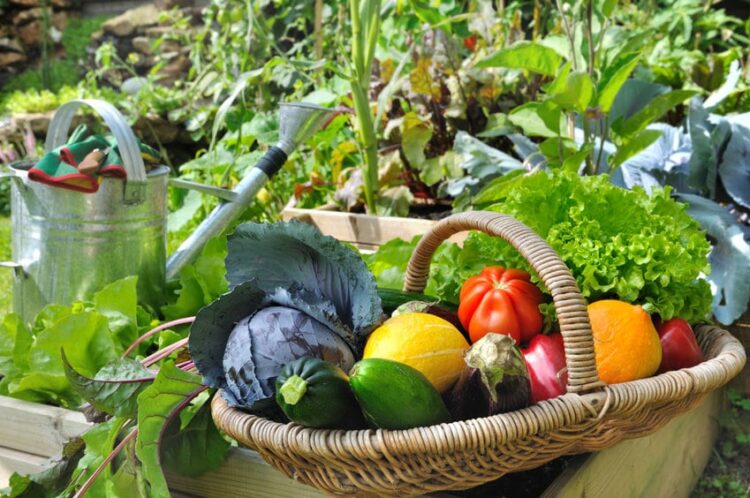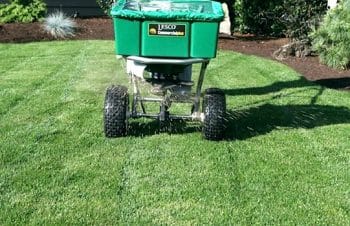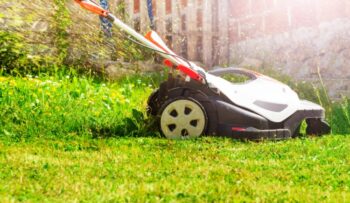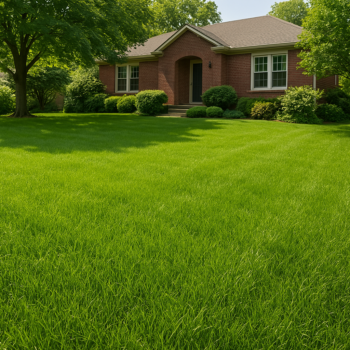Spring is here. The weather is just starting to warm up. This is the perfect time to plant vegetables.
Vegetable gardening is a way to keep your whole family engaged in a productive and healthy activity. Planting vegetables can be done cheaply and will save you more money in the long run.
Home grown vegetables taste better than anything you can purchase at the store. The reason why is because the plants are picked before they ripen. They ripen while in transport and lose some of their flavor.
One of our other articles titled, “Preparing Your Garden For Spring,” will detail things you should do before you start planting.
Some vegetables that can be grown easily by beginners right now in Texas are:
- Okra
- Radishes
- Cucumbers
- Summer Squash/Zucchini
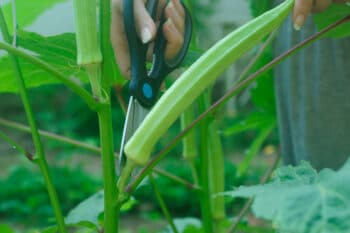
Okra
Okra is a warm-season, perennial vegetable that can grow up to 6ft in height. This plant is rich in vitamins and minerals.
The biggest complaint people have with okra is its texture. Many people do not like the slimy feel. The slimy part is mucilage, which is very high in fiber and aids digestion.
Okra can be planted a few weeks after the last frost all the way until mid-June. Plant okra in full-sun and well-drained soil. Place plants or seeds about 1 inch deep and 2 inches apart.
2-3 months after the okra starts growing, yellow hibiscus-like flowers will bloom. 3-4 days after that the okra will be ready to pick.
Radishes
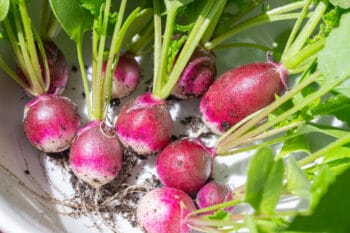
Radishes are a cool-season root vegetable that is mostly consumed raw and in salads, but can also be cooked. They do not not like hot weather, so they need to be planted anytime from April-early May. You can plant again in August when temperatures start cooling down again.
Radishes thrive best in loose, well-drained soil and they can tolerate partial shade. Seeds begin to germinate 3-4 days after sowing. Place seeds 1/2 inch deep and 1 inch apart from each other.
When they start growing well, pull every other plant to give the remaining plants more room to grow.
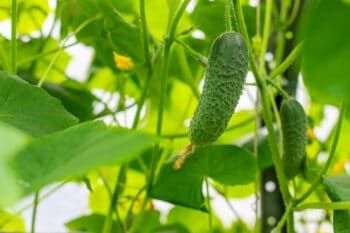
Cucumbers
Cucumbers are a warm-season, creeping vine vegetable. Cucumbers are eaten plain, in salads, or preserved as pickles. An amazing fact about cucumbers is that they cool your blood when used topically.
Even though cucumbers are 95% water (which is why they are known for curing hangovers), they are still packed with nutrients like, vitamin B and C, folic acid, magnesium, zinc, and potassium.
Cucumbers prefer to be grown in loose, sandy loam soil, but they will grow in any soil that is well-drained.
This plant needs a lot of space. They can grow up to 8ft or more. Plant a few seeds together in a group, space groups about 12-14 inches apart. They can grow on the ground or on a trellis or cage.
Summer Squash
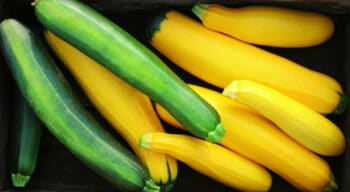
Summer squash is the yellow squash that you see at the grocery store. Zucchini is a type of green summer squash. Every part of a squash can and should be eaten, right down to the skin and seeds.
Summer squash is actually a fruit, but it is eaten as a vegetable. Small squashes are more flavorful than large squashes.
Squash prefers sandy, fertile soil with lots of organic matter like compost or leaves. They do not like cold weather, plant well after the last frost has occurred.
They should be planted about in groups of 3-4 seeds, 1 inch deep and in rows 3-8 ft apart. When the plants start growing, thin out some of them completely.
Squash are prone to many diseases and pests, so you will have to keep your eye on them and use fungicides as necessary.
Conclusion
If you have furry friends at home, you’ll probably be interested in reading this article, Keeping Your Pet Out of Your Garden.
Summer vegetables are a nutritional and culinary treasure to be enjoyed during the summer months. They are even more enjoyable when you have grown them yourself.
If you’ve been thinking about growing some of your own food, these easy-grow-vegetables are a great place to start. You will produce a rich harvest and save yourself money at the same time.
While you spend time on your vegetable garden, our specialists here at Ryno, would love to provide you with a flower bed clean-up.

